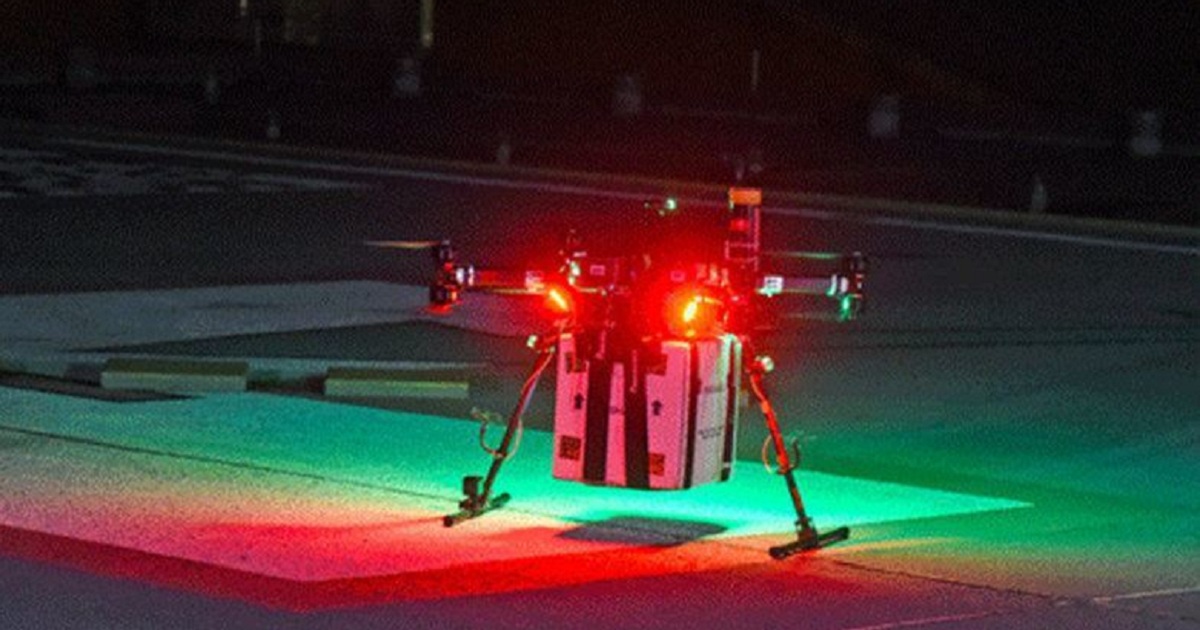Drone delivers transplant organ in world first
The Engineer | May 03, 2019

Developed by the University of Maryland and University of Maryland School of Medicine, the custom-built drone featured specially designed equipment for maintaining and monitoring a viable human organ. Safety features included backup propellers and motors, dual batteries, a backup power distribution board and a parachute recovery system in case of major failure.
We built in a lot of redundancies, because we want to do everything possible to protect the payload, said Anthony Pucciarella, director of operations at the UMD UAS Test Site. Known as HOMAL Human Organ Monitoring and Quality Assurance Apparatus for Long-Distance Travel, the platform measures and maintains temperature, barometric pressure, altitude, vibration, and GPS location during transportation. This data is transmitted to the smartphones of transplant personnel using a wireless mesh network.